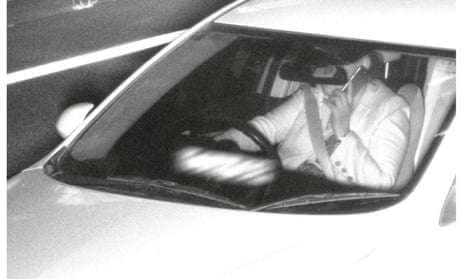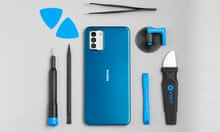New South Wales rolled out mobile phone detection cameras on Sunday, hoping to cut the number of fatalities on its roads by a third over two years, transport authorities said.
The world-first mobile phone detection cameras, according to Transport for NSW, which manages the state’s transport services, operate day and night in all weather conditions to determine if a driver is handling a mobile phone.
“It’s a system to change the culture,” the NSW police assistant commissioner, Michael Corboy, told Australian media last week.
Making or receiving voice calls while driving in NSW is legal, but only when using a hands-free device. All other functions, such as video calling, using social media and photography, are illegal while behind the wheel.
So far this year 329 people have died on NSW roads, compared with 354 people for all of 2018, according to official statistics. The state wants to cut the number of road fatalities by 30% by 2021.
The mobile phone detection cameras use artificial intelligence to review images and detect illegal use of the devices, Transport for NSW said in a statement.
Images that the automated system identifies as likely to contain a driver illegally using a mobile phone are verified by authorised personnel.
There have been concerns that the new laws will reverse the onus of proof on to drivers and could flood the courts with people disputing their fines.
The government hopes to snap 135m vehicles every year within four to five years of the program starting. If 1.8% of drivers are caught using their mobile phones, that adds up to some 2.4 million people. A parliamentary committee said that if just 3% of their cases ended up in the courts, some 72,900 cases would be filed.
For the first three months after the detection systems are in operation, offending drivers will be issued warning letters. After that, the penalty will be a A$344 standard fine and a A$457 fine in a school zone. In both cases, drivers will also receive penalty points.










